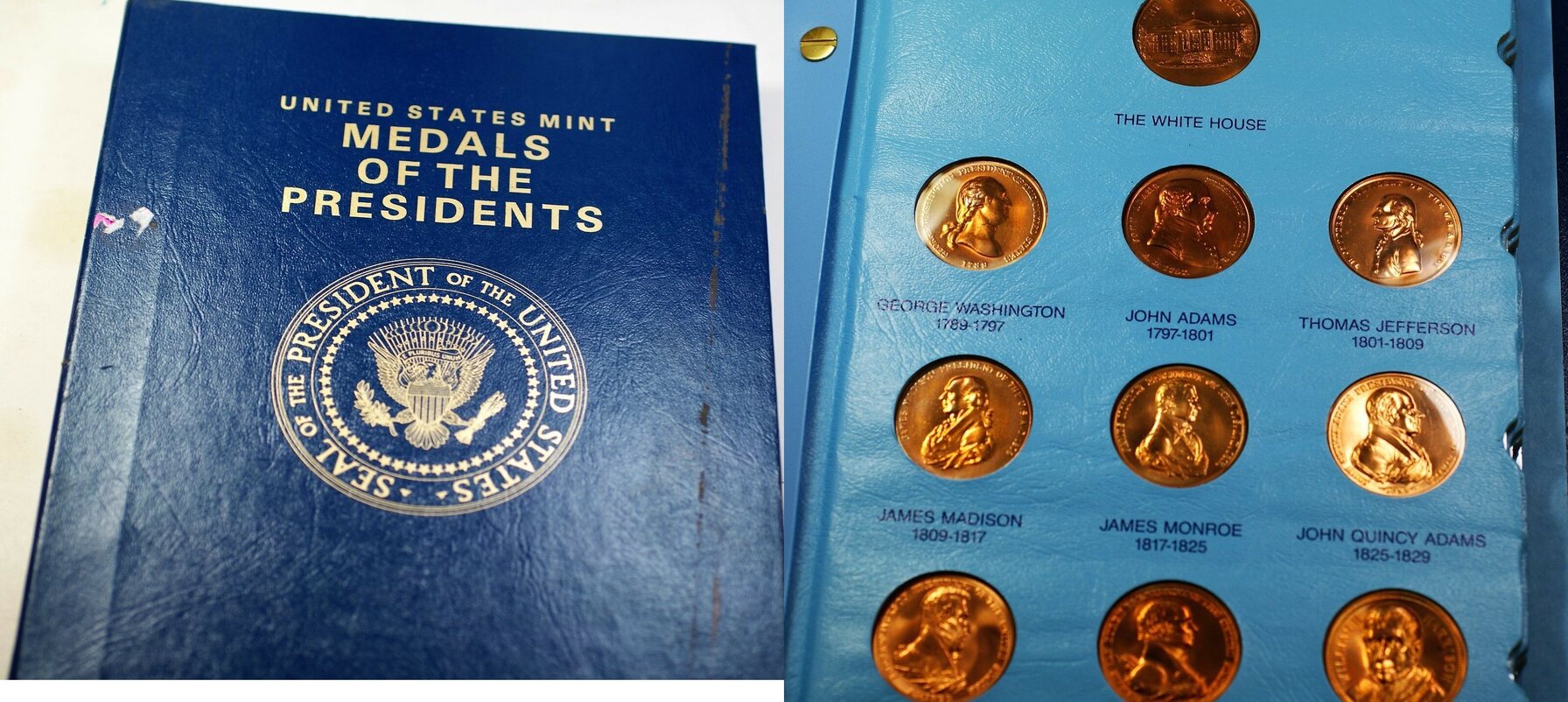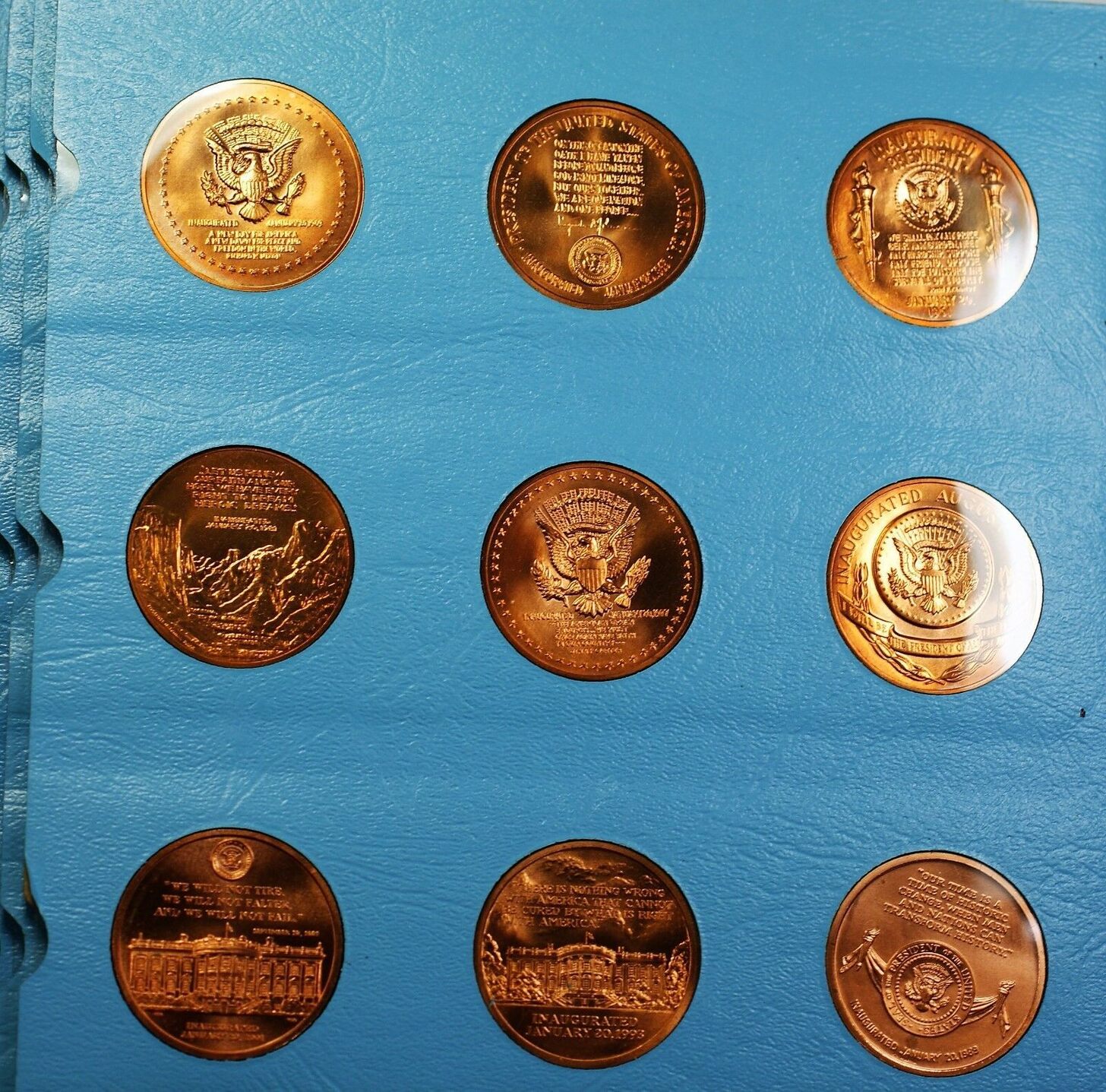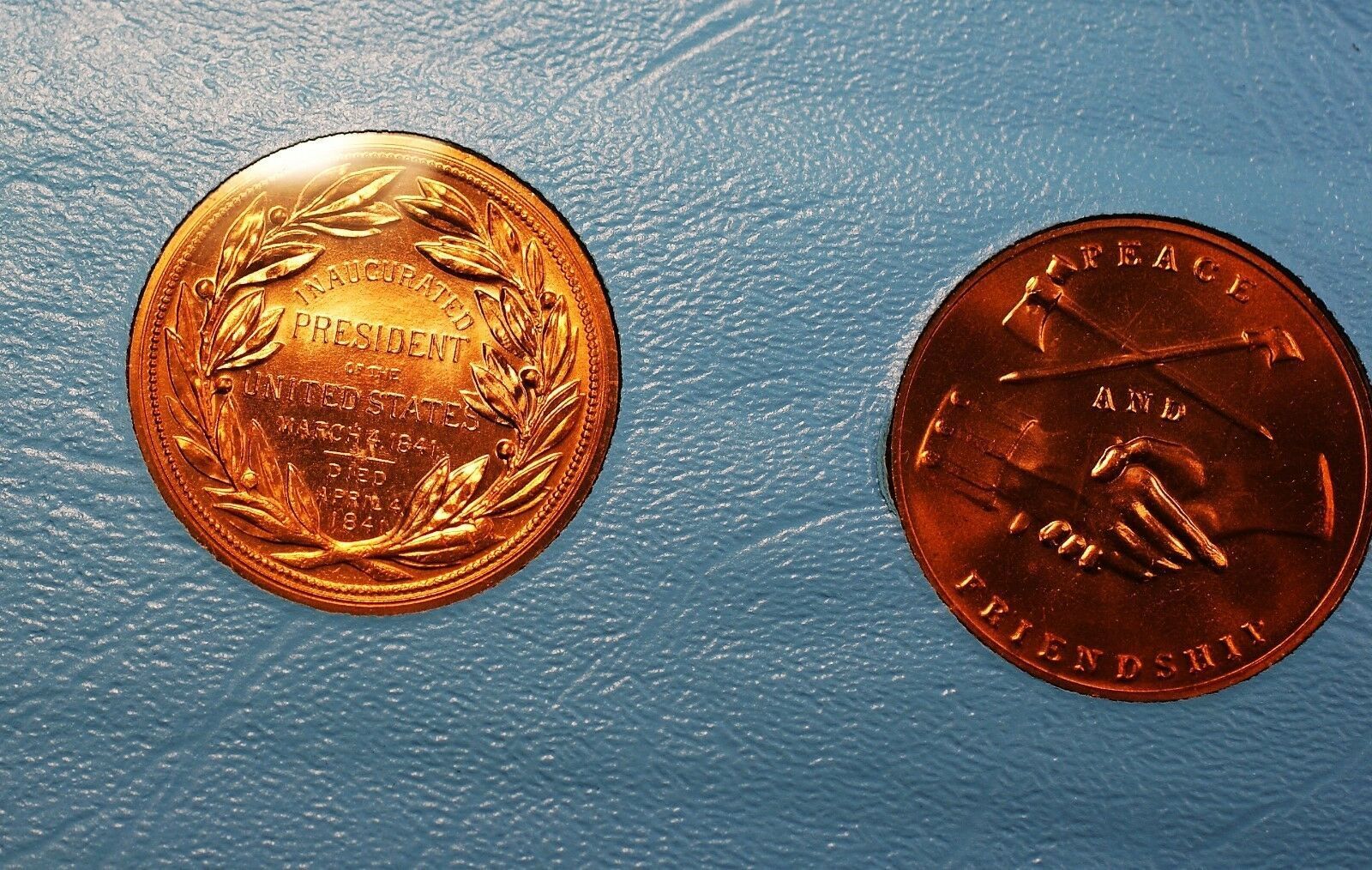United States Mint Medals Of The Presidents

For generations, Americans have sought tangible connections to their leaders, mementos that encapsulate eras of change and progress. The United States Mint has long served as a steward of national memory, transforming history into metal through its series of Presidential Medals. These bronze and silver discs, often overlooked, offer a compelling lens through which to examine the evolution of the American presidency and the nation's relationship with its commanders-in-chief.
Beyond mere collectibles, these medals are historical documents, artistic expressions, and tangible representations of American ideals. They are miniature monuments, capturing the likenesses and, in some cases, the spirits of the individuals who have held the nation’s highest office. This article delves into the history, artistry, and significance of the United States Mint's Presidential Medals, exploring their evolution, the stories they tell, and their enduring appeal to collectors and historians alike.
A Legacy Forged in Metal
The tradition of striking medals to honor national leaders dates back to the earliest days of the Republic. While medals commemorating presidents weren’t systematically produced from the beginning, special congressional medals were struck for figures like George Washington for his service during the Revolutionary War.
The formal Presidential Medal series, as it's generally understood today, gained momentum in the late 19th and early 20th centuries. It was driven by a growing interest in preserving the legacies of former presidents.
Early Examples and Evolution
Early presidential medals were often struck to commemorate specific events, such as inaugurations or anniversaries. These medals frequently featured simple designs, focusing on the president’s portrait and name.
Over time, the artistry and complexity of the medals increased, reflecting advancements in minting technology and a greater emphasis on historical accuracy. The Mint also began issuing medals for presidents who had served decades earlier, creating a more comprehensive collection.
The size, metal composition, and design of the medals have varied throughout the series, reflecting changes in the nation’s economic climate and artistic preferences. This evolution adds another layer of interest for collectors, making each medal a unique artifact of its time.
The Art and Craft of Presidential Medals
Creating a Presidential Medal is a meticulous process, involving historical research, artistic design, and skilled engraving. The Mint often consults with historians and presidential libraries to ensure the accuracy and authenticity of the portraits and inscriptions.
The design process typically begins with a call for artists to submit proposals. A panel of experts, including art historians and numismatists, reviews the submissions and selects a winning design.
The selected artist then works closely with the Mint's engravers to translate the design into a three-dimensional relief, which is used to strike the medals. This process requires exceptional skill and precision, as even the smallest details can significantly impact the medal’s aesthetic appeal and historical accuracy.
Symbolism and Imagery
Beyond the president’s portrait, Presidential Medals often incorporate symbolic imagery that reflects their accomplishments, values, or the defining events of their presidency. An eagle, a symbol of American strength and freedom, frequently appears on the reverse of the medals.
Other common motifs include representations of American industry, agriculture, and military might. These images are carefully chosen to convey a sense of national pride and highlight the president’s contributions to the nation’s progress.
The inscriptions on the medals also play a crucial role in conveying their historical significance. They often include the president’s name, dates of service, and a brief motto or quote that encapsulates their vision for the country.
Collecting Presidential Medals: A Window to the Past
Collecting Presidential Medals is a popular hobby for numismatists and history enthusiasts alike. The medals offer a tangible connection to the past, allowing collectors to own a piece of American history.
The value of Presidential Medals varies depending on factors such as rarity, condition, and historical significance. Early medals, particularly those struck in silver, are generally more valuable than later bronze versions.
Many collectors focus on assembling complete sets of Presidential Medals, while others specialize in collecting medals related to a particular president or era. Regardless of their collecting strategy, enthusiasts appreciate the historical and artistic value of these miniature monuments.
The Enduring Appeal
The appeal of Presidential Medals extends beyond their monetary value. They serve as educational tools, sparking curiosity about American history and the lives of the individuals who have led the nation.
They also serve as reminders of the challenges and triumphs that have shaped the American experience. By collecting and studying these medals, individuals can gain a deeper understanding of the nation’s past and its enduring values.
The Future of Presidential Medals
The United States Mint continues to produce Presidential Medals for each new president, ensuring that this tradition of honoring national leaders will endure. The Mint is also exploring new technologies and designs to enhance the artistic quality and historical accuracy of the medals.
In recent years, there has been a growing interest in using Presidential Medals to promote civic engagement and education. The Mint has partnered with schools and museums to create educational programs that utilize the medals as a tool for teaching American history.
As the nation continues to evolve, the United States Mint's Presidential Medals will remain a vital link to the past, serving as tangible reminders of the individuals who have shaped the American presidency and the nation's destiny. They will continue to provide both collectors and casual observers a small, but impactful way to connect with the American story.


















